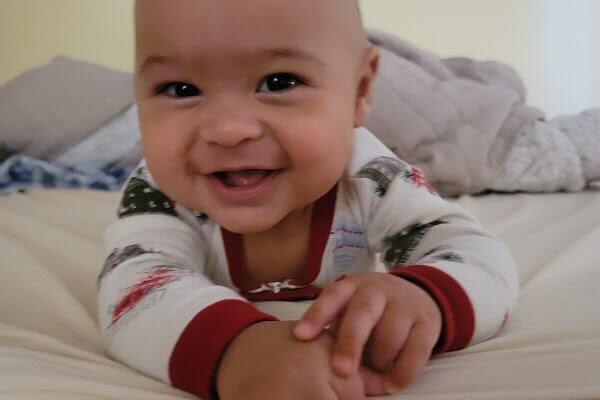
By Kimberlee Mitchell, National Child Safety Expert & CPST (Child Passenger Safety Technician)
There’s no question that parent’s #1 concern about car seats is SAFETY. However, when it comes to the specifics about car seat requirements (i.e. how long child should ride in it and the best place to install it) the majority of parents are confused and lacking knowledge. (Source: Recent study by AAA and Dorel Juvenile Group.)
That’s not so shocking to me. Most retail stores which sell car seats display a vast abyss of baby gear! So many models; colors; price ranges; technology; matching accessories! Which goes with what? It’s enough to give a parent heart palpitations. Then to have to keep track of the laws for your state as well as Federal legislation—it can all be very overwhelming.
Parents, let me help cut through the clutter and offer some advice. Keep it conservative & consider safety before style.
Tip #1: CHOOSING A NEWBORN/INFANT CARRIER: (Your child’s first car seat.)
1. Choose an INFANT CARRIER with the highest weight, height and age maximum for rear facing. SOME GO UP TO 35 lbs, which is ideal!
a. Your child is 75% safer in a crash when he is rear facing so consequently; you will want to keep your child rear facing for as long as possible.
2. Make sure it FITS YOUR CHILD per manufacturer’s specifications.
3. Make sure it FITS IN YOUR CAR’S BACK SEAT.
a. READ the child restraint manual and the vehicle owner’s manual for with proper installation and for the best location for the seat.
4. Make sure you can INSTALL IT CORRECTLY in the SAFEST LOCATION in car EVERY TIME.
a. Make an appointment with a CPST to check your work and to learn proper installation techniques.
Tip#2: CONVERTIBLE CAR SEATS: (Once they have outgrown the infant carrier.)
1. Choose a CONVERTIBLE car seat with the highest weight, height and age maximum for rear facing.
a. Your child is 75% safer in a crash when he is rear facing so consequently; you will want to keep your child rear facing for as long as possible.
b. When your child reaches the maximum height or weight for rear facing, turn the car seat forward facing.
2. Make sure it FITS YOUR CHILD per manufacturer’s specifications.
3. Make sure it FITS IN YOUR CAR’S BACK SEAT.
a. READ the child restraint manual and the vehicle owner’s manual for with proper installation and for the best location for the seat.
4. Make sure you can INSTALL IT CORRECTLY in the SAFEST LOCATION in car EVERY TIME.
a. Make an appointment with a CPST to learn proper installation technique.
Does your child’s car seat have you saying ‘Huh?’ Follow these expert guidelines and tips.



